As the world reacts to the U.S. strike on Iran’s nuclear facilities, we wait to see if the strikes were completely successful and what Iran’s reaction will be. Many people, including some close to President Donald Trump, are surprised that he decided to directly commit U.S. assets to the ongoing Israeli campaign to destroy or significantly disrupt Iran’s capability to build a nuclear weapon. Some are asking “Why now?” especially after the president signaled he would wait up to two weeks to allow diplomacy to bear fruit.
Those who are not close watchers of foreign policy in general or Middle East issues in particular are surprised to find the U.S. in another conflict. Some have been misled by the presence of so many isolationists within the president’s entourage, even though he’s been very consistent in his statements that Iran could not be allowed to gain a nuclear weapons and that he would strike if they did not make concessions. But the U.S. strike against Fordow, Natanz, and Isfahan was the right call, at the right time, and the most likely to lead to an end to the conflict.
For decades Iran has sought to advance its position in the Middle East as a regional hegemon. The Iranians saw themselves standing in opposition to U.S. influence in the region, as a committed enemy to the existence of the Jewish state, and a rival to the Sunni-dominated Gulf kingdoms and emirates. To both advance this regional influence and protect against any interference with their regime, the Islamic Republic committed itself to creating two distinct capabilities, each of which would enable them to project power and also to act as a deterrent to strikes in Iran. The nuclear weapons program was one of these, but the first was the development of a series of regional proxy groups. From the early 1980s, just a short time after its own Islamic revolution, Iran started backing radical guerilla and terror organizations as a means to exert influence, export its version of Islamic revolution, and attack regional and global enemies.
Hezbollah has not only significantly destabilized Lebanon, it is responsible for attacks against Americans and Israelis over decades. Iran’s proxy network grew to include Hamas, Iraqi Shiite militia groups, the Houthis in Yemen, the Fatemiyoun in Afghanistan, the Baathist government in Syria, and various others. While the idea was that the regional networks could be activated if anyone struck Iran or threatened the regime, Hezbollah remained the most capable, professional, and well-equipped of these proxies. The implicit threat was that if the regime felt imperiled, Hezbollah would rain rockets and missiles onto Israel in a quantity to rival the legend of Xerxes’ archers. Iran was signaling that if it was attacked, the result would be thousands of dead Israelis.
But we are in a very different world than we were on October 6, 2023. Israel’s calculations have shifted since the Hamas invasion that killed more Jews than any day since the Holocaust. Hezbollah’s entry into the Israel-Hamas war prompted the Israelis to activate a long-dormant program to target the terrorist organization’s leadership, an effort that led to the death of Hassan Nasrallah, who led the group for more than 30 years. Hezbollah has been so degraded in the aftermath that it has already stated it would be abstaining from the latest Israel-Iran conflict. The Assad government in Syria —which had served as a base from which Iran could stage to project power against Israel—has fallen, in no small part because the allies who had helped prop it up during the civil war (Hezbollah and Russia) have been distracted and degraded in their own conflicts. One by one, so many of the regional proxies which Iran spent decades building and cultivating have been removed as factors.
The sidelining of the proxy network left the Iranian regime exposed. What was its trump card to wield as a threat if someone wanted to sow domestic upheaval or strike regime leadership? A nuke, of course. Being on the cusp of creating a nuclear weapon and with its proxies in tatters, Iran had every incentive to sprint to nuclear weapon breakout capability and thus restore its inherent threat against Israel or any other regional or global rivals—threaten our existence and we will end yours.
Understanding this, Israel engaged in a campaign to dismantle the Iranian nuclear production facilities. Previous Israeli efforts had sought, successfully, to delay the program, either by destroying nuclear infrastructure via sabotage or by assassinating the leading minds building the program. But none of these efforts fixed the situation, nor did they prevent Iran from getting to the position they were in at the beginning of June—just one decision and a short timeline from being able to point nuclear munitions at Tel Aviv. While this new Israeli campaign was more aggressive and degraded the capability of the Natanz nuclear facility, it had an inherent flaw—the crown jewel of the Iranian nuclear program was the facility at Fordow, buried deep beneath a mountain under which Israeli munitions could not penetrate. Israel found itself in a position of being half-pregnant—it committed force to destroy the Iranian nuclear program but was unable to achieve that strictly limited goal, at least not without an even more ambitious operation requiring boots on the ground. With this in mind, and being unable to destroy one key portion of the nuclear program, Israel shifted its attention to another part of the system—the regime leadership who authorized it. Israeli drones and planes started assassinating key military, police, and political leaders in a Hail Mary attempt to incite popular uprising and topple the regime.
At this point, the stage was set for a downward spiral of escalating actions by two actors believing their survival was on the line. The Iranian regime had even more incentive to sprint to weaponization. Israel, now fully committed, would likely continue to escalate its strikes against regime leadership, potentially discounting reported U.S. warnings and eventually trying to assassinate the ayatollah himself. The logical conclusion of the conflict would be either a nuclear armed Iran, Iran descending into chaos, an Iran more incentivized to revenge, hundreds of Israeli casualties if Iranian missiles overwhelm ballistic missile defense capacity, or any combination of the factors above.
It is from this point that President Trump faced his decision. With no positive indications of a diplomatic agreement and long history of Iranian malfeasance and misrepresentation while using discussion as a stalling technique, the president could either allow the scenario described above to play out, or he could use uniquely American capabilities to adequately destroy or disrupt the underlying cause of the conflict. If the Fordow facility has been destroyed or sufficiently damaged, and we still await accurate assessments, Israel is no longer under immediate threat of a nuclear Iran and, therefore, can cease its strikes. If Israel stops its campaign, the regime may feel it is no longer under immediate threat.
This is the hopeful outcome, and there is much to be determined. We are by no means out of the woods.Fordow might still be operational. Iran might also, after a series of severe humiliations, be unwilling to seek an offramp and may seek revenge. This revenge could come in the form of missile strikes against Israel or U.S. forces in the Middle East, or it might come in asymmetric attacks in the West—something Iran has demonstrated a willingness to do in the past. But, for now, the U.S. has created a break in the chain of spiraling escalatory events and offered the opportunity for Iranian leaders to take stock and make a rational decision. It is up to them if they see it that way.
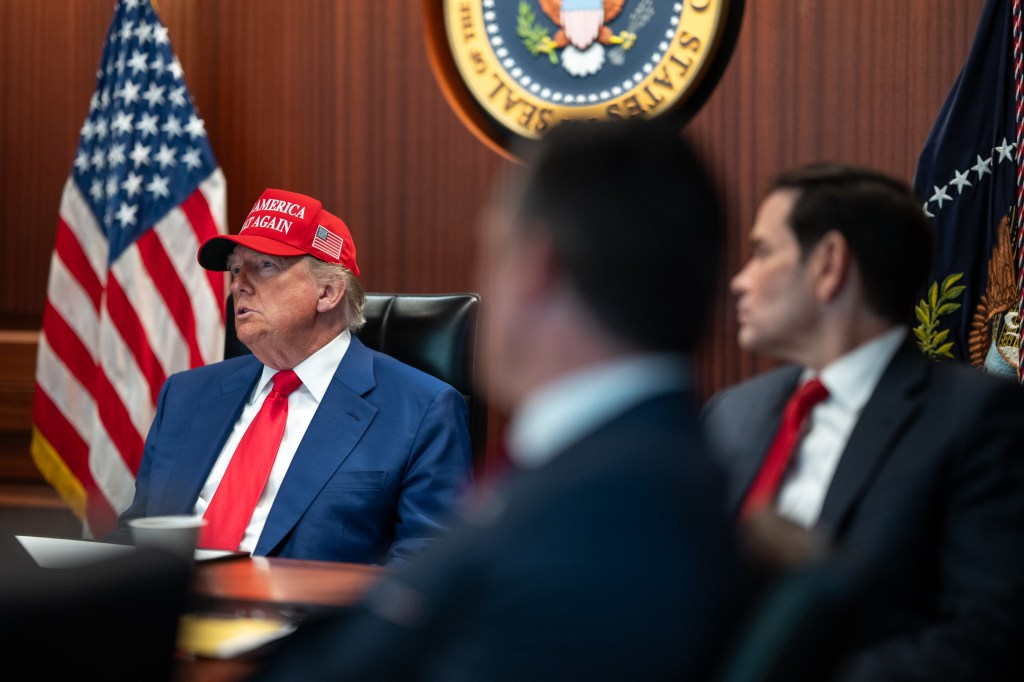
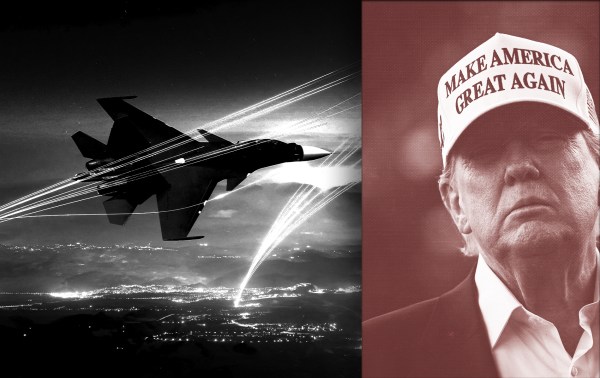
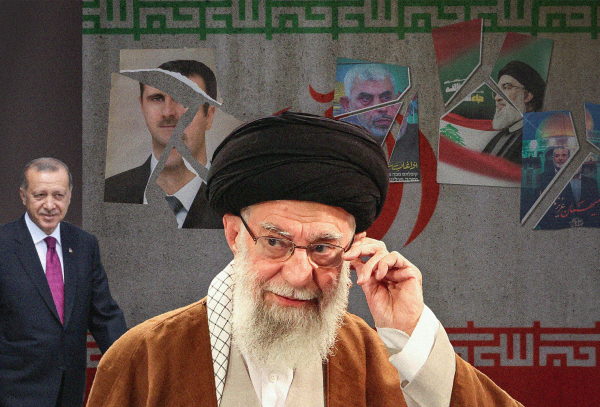
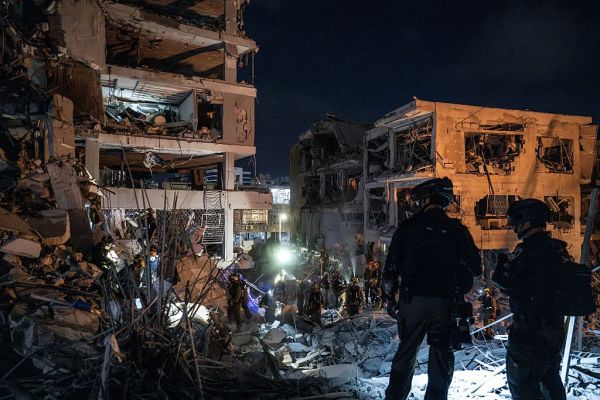
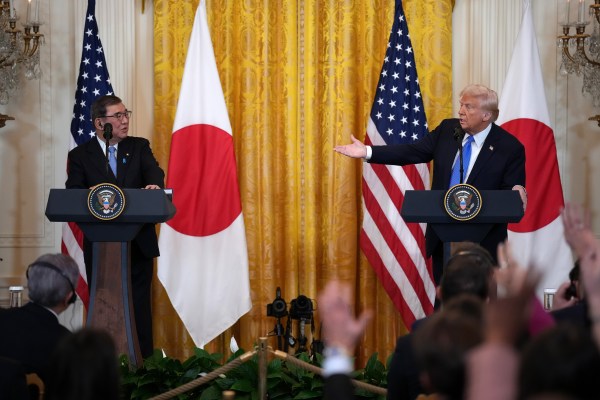

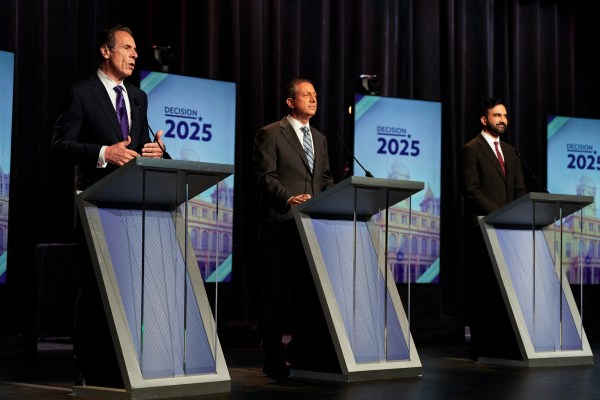
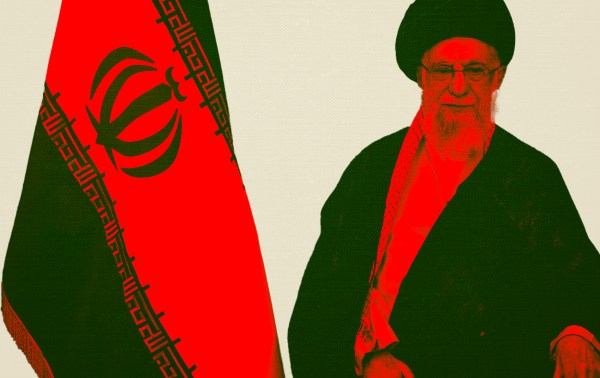

Please note that we at The Dispatch hold ourselves, our work, and our commenters to a higher standard than other places on the internet. We welcome comments that foster genuine debate or discussion—including comments critical of us or our work—but responses that include ad hominem attacks on fellow Dispatch members or are intended to stoke fear and anger may be moderated.
With your membership, you only have the ability to comment on The Morning Dispatch articles. Consider upgrading to join the conversation everywhere.